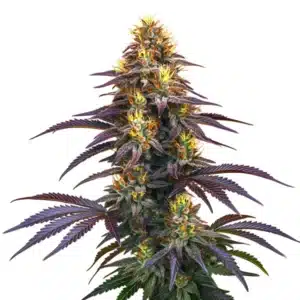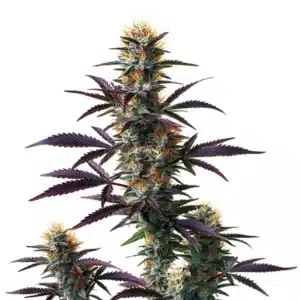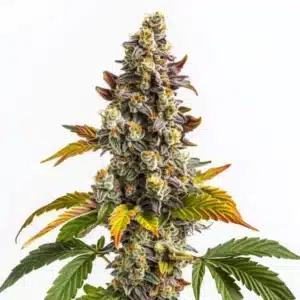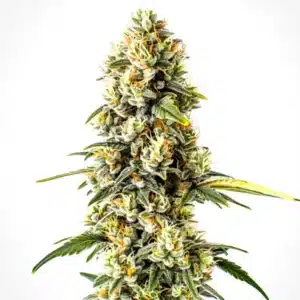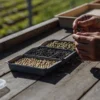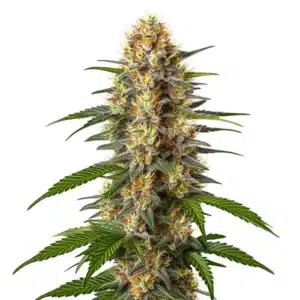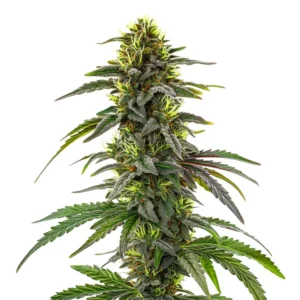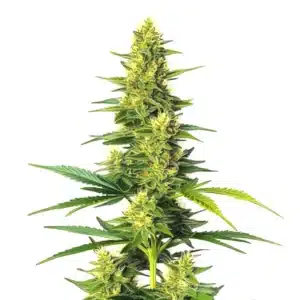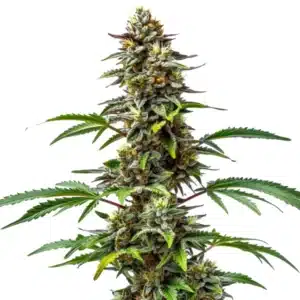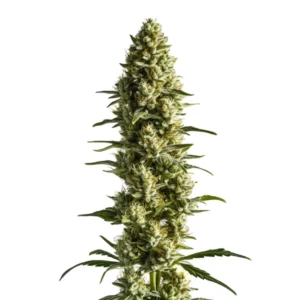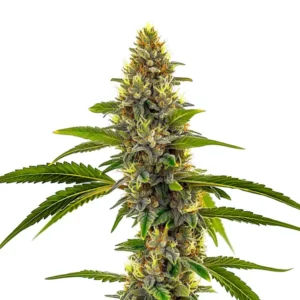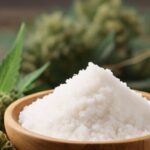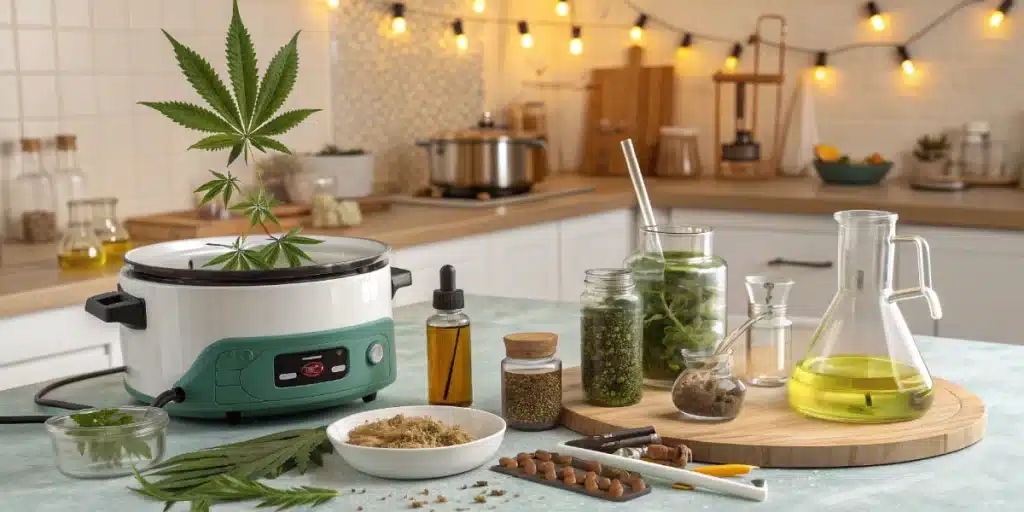
DIY Guide: How to Make CBD and Cannabis Oil at Home
Getting Started: Why Make Your Own Oil?
If you’ve ever wondered how to make cbd oil in your own kitchen, you’re in the right place. Crafting your own cannabis oil not only empowers you to control the quality and potency but also lets you experiment with various strains and extraction techniques. Many enthusiasts ask, “how can i make cannabis oil?” and soon learn that making your own oil can be both a fun and rewarding process.
Making your own cannabis oil, particularly learning how to make cbd oil, opens up a world of customization where you can tailor the blend to your own wellness needs. The satisfaction of knowing exactly what ingredients went into your oil and the ability to adjust your recipe makes the process appealing for both novices and seasoned DIYers. Whether you’re a health-conscious individual or a cannabis connoisseur, understanding how to make cbd oil at home is a valuable skill that can save money and ensure purity.
Recommended Strains
Black Domina
|
|
THC | 15% - 20% (Medium) |
|
|
Type | Feminized |
|
|
Yield | High |
|
|
Phenotype | 95% Indica / 5% Sativa |
Black Domina Auto
|
|
THC | 10% - 15% (Low) |
|
|
Type | Autoflowering |
|
|
Yield | Low |
|
|
Phenotype | 85% Indica / 15% Sativa |
Embarking on this creative journey lets you take full control over your extraction process. By choosing the right ingredients and methods, you can produce high-quality oil that matches your desired potency and flavor profile. In this guide, you’ll learn step-by-step how to make cbd oil and cannabis oil at home, ensuring that every batch meets your personal standards for quality and efficacy.
Promos & Deals
Essential Ingredients and Equipment
CBD vs. Cannabis Oil – What’s the Difference?
Before diving into how to make cbd oil, it’s important to differentiate between CBD oil and cannabis oil. Although the terms are sometimes used interchangeably, they refer to two distinct products. CBD oil is derived mainly from hemp and is rich in cannabidiol (CBD) while containing minimal tetrahydrocannabinol (THC). In contrast, cannabis oil generally contains higher levels of THC, the psychoactive compound that produces a “high.” Knowing these differences helps you choose the right oil based on your desired effects.
The decision to create either type of oil at home depends largely on your personal goals. For instance, if you seek therapeutic benefits without intoxication, learning how to make cbd oil at home is the way to go. On the other hand, if you’re interested in a product that combines medicinal properties with recreational effects, you might consider methods for making cannabis oil that include THC.
Must-Have Tools & Ingredients
Having the right equipment and ingredients is key to a successful extraction. To begin, gather high-quality plant material either CBD-rich hemp for cbd oil or a balanced cannabis strain if you’re aiming for a mix. A reliable extraction method is essential, and many DIY enthusiasts prefer using simple tools that include a grinder, a double boiler or slow cooker, a fine strainer, and a glass container for storage.
Other essential ingredients include a carrier oil such as coconut or olive oil, which helps in the absorption of cannabinoids. Additionally, decarboxylation is a vital step in the process, and having an oven capable of maintaining steady, low temperatures will make a significant difference. As you learn how to make cbd oil at home, ensure that all your tools are clean and designed for food-grade use to preserve the purity and flavor of your final product.
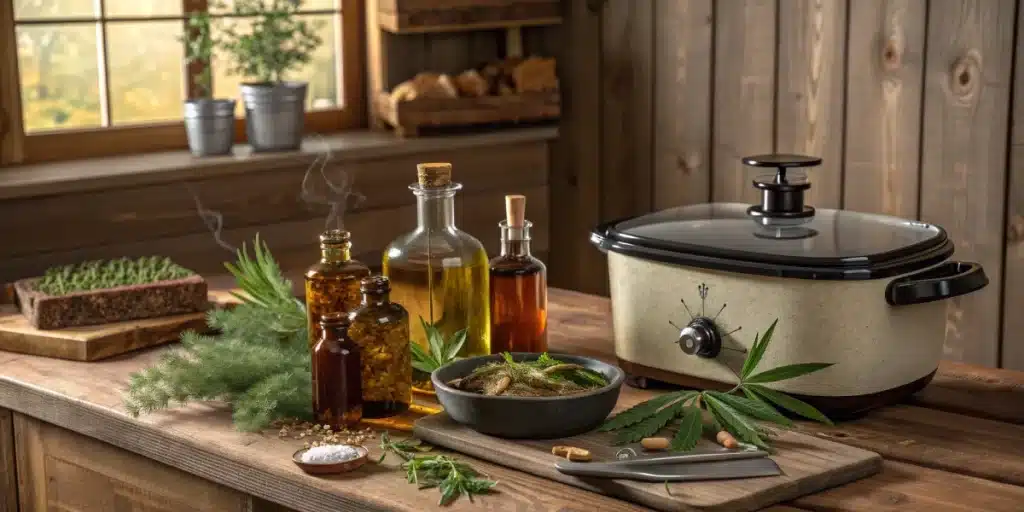
Step-by-Step Process
Decarboxylation and Extraction Basics
One of the most important steps when learning how to make cbd oil is decarboxylation. This process involves heating your cannabis or hemp to activate the cannabinoids, transforming inactive compounds into active ones. Preheat your oven to a low temperature around 220°F (105°C) and spread your ground plant material evenly on a baking sheet. Bake for about 30 to 45 minutes until the material is lightly browned, stirring occasionally to ensure even heating.
Decarboxylation is a critical process that determines the potency of your final product. Once your plant material is properly decarboxylated, it’s time to combine it with your chosen carrier oil. Place the decarboxylated material in a double boiler or slow cooker with the carrier oil, and heat on low for 2 to 3 hours. This gentle heating allows the cannabinoids to infuse into the oil without degrading the delicate compounds. Stir occasionally and monitor the temperature closely to prevent overheating.
Many beginners ask, “how can i make cannabis oil?” and are relieved to find that the process is relatively straightforward once you have the right setup. Consistent low heat is the secret to retaining the natural flavors and therapeutic properties of the cannabinoids, ensuring that every drop of your oil is packed with goodness.
Finalizing Your Oil
After the extraction phase is complete, it’s time to strain the oil. Use a fine-mesh strainer or cheesecloth to separate the plant material from the oil, pouring the mixture slowly to capture all the infused goodness. Squeeze out any remaining oil from the plant material to maximize your yield. The filtered oil can then be transferred into a clean glass container for storage.
At this point, you have successfully learned how to make cbd oil at home, and your oil is ready for use. Store your oil in a cool, dark place to preserve its potency and extend its shelf life. Label the container with the date and type of oil so you can track its freshness over time.
Remember that the quality of your oil is largely determined by the care and precision you put into each step from decarboxylation to the final strain. By following these guidelines, you ensure that every batch of oil is potent, flavorful, and tailored to your specific needs.
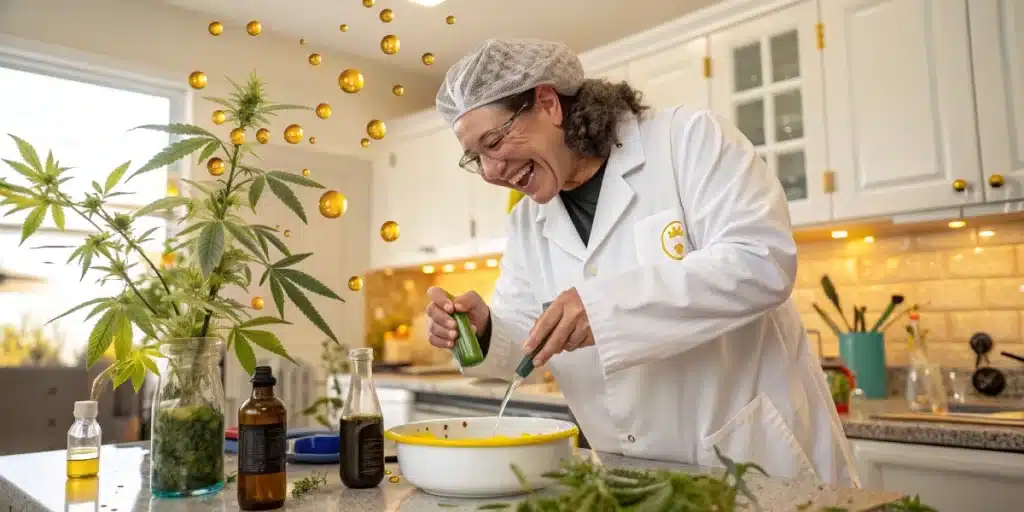
Best Strains to Make CBD Oil
Selecting the best strains is a vital part of how to make cbd oil that meets your expectations. While there are numerous strains available, some stand out for their high CBD content and balanced cannabinoid profile. Strains such as Sour Tsunami and Harle-Tsu are popular choices among DIY extractors. Each of these strains has been bred to maximize CBD levels while keeping THC at a minimal level, making them ideal for therapeutic purposes without intoxication.
When choosing a strain, consider what benefits you are targeting. For instance, if you’re looking for relief from inflammation and chronic pain, a strain with a robust CBD profile can offer significant benefits. Meanwhile, if your focus is on reducing anxiety or improving sleep, selecting a strain known for its calming properties will enhance your experience. The process of selecting strains can be both an art and a science, and part of the fun is experimenting with different varieties to see which one works best for your needs.
Moreover, quality genetics are paramount in how to make cbd oil that is effective. Opt for organically grown plants free from pesticides and contaminants. High-quality strains will not only provide a better flavor but will also result in a purer and more potent oil.
For those who ask, “how can i make cannabis oil?” using the right strain is a fundamental step. The strain you choose directly influences the aroma, flavor, and therapeutic properties of your final product. Experimenting with a variety of strains can lead to a deeper understanding of the subtle differences between them, allowing you to tailor your oil precisely to your preferences.
Tips, Troubleshooting & Safety Measures
Making your own oil can be a fun and rewarding experience, but there are several tips and safety measures to keep in mind. First, always ensure that your workspace is clean and well-ventilated. Working in a clutter-free environment helps maintain the integrity of your product and minimizes the risk of contamination.
One common tip for those learning how to make cbd oil is to keep a detailed journal of your process. Recording temperatures, times, and observations during decarboxylation and extraction can be invaluable. Not only does this help replicate successful batches, but it also aids in troubleshooting if the results aren’t as expected.
Temperature control is critical throughout the process. Too high a heat can degrade cannabinoids, while too low a temperature might result in inefficient extraction. Investing in a good thermometer and using a slow cooker or double boiler designed for low heat will pay off in the quality of your oil.
Safety measures should never be overlooked. Always use heat-resistant gloves when handling hot equipment and be cautious around open flames if you’re using a stovetop. Ensure that all your equipment is food-grade and free of any harmful chemicals. These precautions not only protect you but also ensure that your final product is safe for consumption.
If you encounter any issues during your process, such as a lower-than-expected yield or a change in the oil’s consistency, consider adjusting your heating time or checking the quality of your plant material. Troubleshooting is a natural part of learning how to make cbd oil at home, and every batch offers new insights into the nuances of cannabis extraction.
Remember, patience and attention to detail are your best friends in this process. The art of making your own oil lies in the careful balance of science and creativity, where each small adjustment can lead to significant improvements in quality.
FAQs
How do I make cbd oil at home safely?
Safety is paramount when learning how to make cbd oil. Always work in a clean, well-ventilated area and use food-grade equipment. Keep a close eye on temperatures during decarboxylation and extraction to prevent overheating, and use protective gear such as heat-resistant gloves.
What is the best carrier oil to use?
Common carrier oils include coconut oil, olive oil, and MCT oil. Each offers its own set of benefits; for example, coconut oil is popular for its flavor and high saturated fat content, which can improve cannabinoid absorption. The best choice depends on your taste and desired consistency.
How long does the decarboxylation process take?
Decarboxylation usually takes between 30 to 45 minutes at a low temperature (around 220°F or 105°C). Stir the plant material occasionally to ensure even heating. This step is essential for converting inactive cannabinoids into their active forms.
How long should I let the extraction process run?
The extraction process typically runs for 2 to 3 hours on low heat. This slow cooking allows the cannabinoids to infuse thoroughly into the carrier oil. Patience during this phase is key to achieving a potent final product.
Can I reuse the plant material after extraction?
While it is possible to reuse the plant material for a second extraction, the potency of the second batch will be significantly lower. Most DIY enthusiasts prefer to use fresh material for each extraction to ensure maximum yield and efficacy.
How should I store my homemade oil?
Store your cannabis oil in a cool, dark place in an airtight glass container. This helps preserve its potency and flavor over time. Proper storage is essential to maintain the quality of your oil.
The journey to learning how to make cbd oil at home can be both fun and enlightening. Many individuals find that the process not only results in a product tailored to their exact needs but also offers a deeper connection to the natural properties of the cannabis plant. With every batch, you’ll gain more confidence and insight into the nuances of extraction, from the selection of plant material to the final filtering process.


